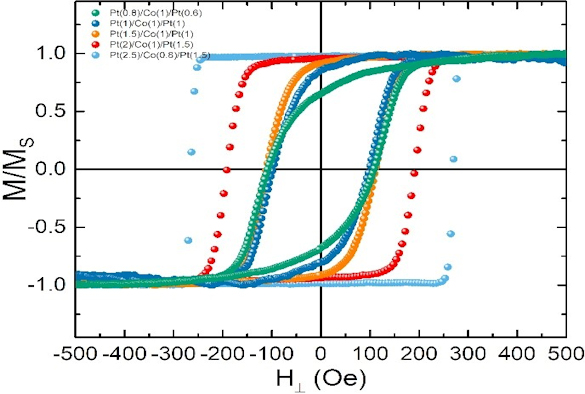Combining superconductors and ferromagnets to create perpendicular magnetic anisotropy

Research at the University of Liverpool has demonstrated a new route for combining ultrathin superconducting and ferromagnetic layers. The project led by Daniel Bromley, a PhD researcher in the Department of Physics magnetic materials group, has been published in NPG Scientific Reports and has important implications for future superspintronic devices.
Superconductivity and ferromagnetism are usually considered antagonistic state with ferromagnetic order supressing the spin singlet superconducting state. Novel effects arise at the interface between these two materials, however, and the interplay between spin polarised supercurrents and magnetism offers new opportunities for energy-efficient data storage. With the increasing need for computational devices with ultra-low power consumption, such multilayers are finding new interest for non-volatile storage which minimises unwanted resistive heating : Through the assimilation of superconductivity and three dimensional memory, requiring perpendicularly magnetised ferromagnetic layers, non-dissipative high density data storage may be realised.
The materials involved in such devices are mainly grown via sputtering. However, in transitioning from 2D to 3D memory, line-of-sight deposition methods, such as electron beam evaporation, greatly simplify device processing. A key novelty of this work identifies a straightforward means to develop such structures with tunable magnetic anisotropy. This finding will help further the development of high-quality superconductor/ferromagnet films essential to superconducting spintronics-based computer memory and logic technologies.